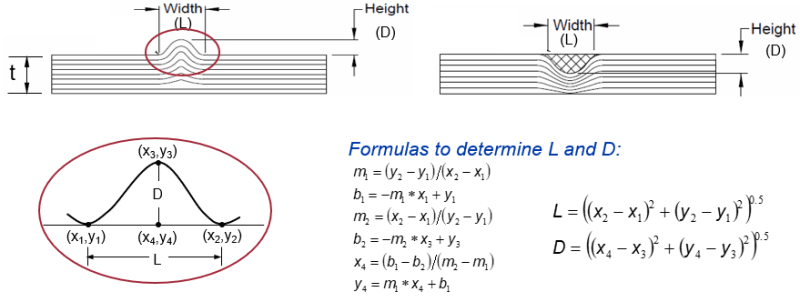AskTooMuch
Petroleum
- Jan 26, 2019
- 268
To those who have done flat slab and column only buildings (no beams or walls), where slab and column act as moment frame, if I need to put a new hole in the column strip (cutting the rebars), how do I check this and what is the best way to compensate that cut rebars along the column strip.

